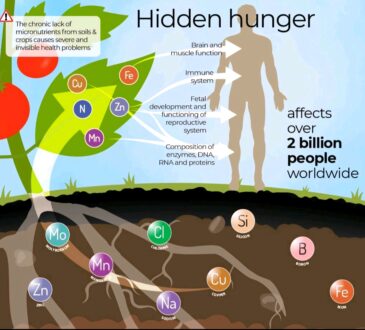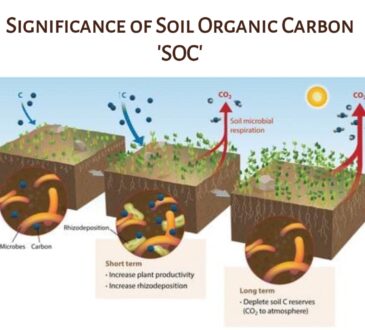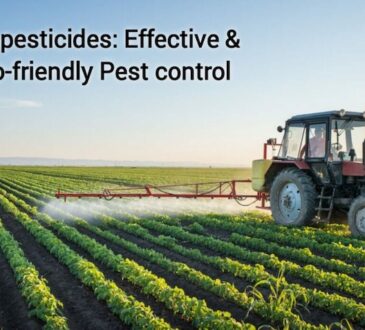
The Role of Mycorrhizal Fungi in Soil Health
In the world of sustainable agriculture, Mycorrhizal Fungi is a tiny but powerful ally. These fungi have a significant role to play in improving soil health, enhancing soil structure, and boosting nutrient absorption.
What are Mycorrhizal Fungi?
Mycorrhizal fungi are a type of beneficial fungi that form a symbiotic relationship with most plants. The word “mycorrhiza” literally means “fungus-root.” These fungi attach to the roots of plants and create a web-like network of fine filaments in the soil, which is often referred to as the mycorrhizal network.

Improving Soil Structure
One of the crucial roles of mycorrhizal fungi is enhancing soil structure. These fungi produce a sticky substance called glomalin, which acts as a natural soil glue. Glomalin helps bind soil particles together, creating stable aggregates. These soil aggregates improve soil structure by increasing its porosity and preventing erosion, water infiltration, and nutrient retention. With better structure, the soil can retain water more efficiently, reducing the risk of drought and preventing water runoff. Glomalin is a glycoprotein produced by arbuscular mycorrhizal fungi (AMF) in soil. It plays a crucial role in soil aggregation, stability, and carbon sequestration. Example: In a field where corn is grown, glomalin produced by mycorrhizal fungi helps create stable soil aggregates. When it rains, these aggregates prevent soil erosion by holding the soil together. Additionally, the improved soil structure allows better root penetration, leading to enhanced nutrient uptake by the corn plants.

Enhancing Nutrient Absorption
Mycorrhizal fungi also play a vital role in nutrient absorption for plants. They extend their fine filaments, called hyphae, deep into the soil, effectively increasing the root’s reach for nutrients. These hyphae are incredibly efficient at absorbing nutrients, particularly phosphorus and other minerals, which can be in short supply in many soils.
In return for these nutrients, mycorrhizal fungi receive carbohydrates from the plant, establishing a mutually beneficial relationship. This symbiosis allows plants to thrive in nutrient-poor soils, making agriculture more sustainable.
Protecting Plants from Stress
Mycorrhizal fungi offer plants protection from various stress factors, including pathogens and drought. The fungal network can act as a physical barrier, shielding the plant roots from harmful microorganisms. Moreover, these fungi produce compounds that can inhibit the growth of certain pathogens.

During times of water scarcity, mycorrhizal fungi can enhance a plant’s ability to absorb water. They also improve the plant’s resistance to drought stress, helping crops survive challenging conditions.
Reducing the Need for Fertilizers
The role of mycorrhizal fungi in nutrient absorption has a significant impact on agriculture. Plants with a strong mycorrhizal association require fewer artificial fertilizers. This reduction in chemical inputs not only saves costs for farmers but also minimizes the environmental impact associated with excess fertilizer use.
Recognising & harnessing the power of mycorrhizal fungi is a crucial step toward sustainable and responsible agriculture.
©Rahul Padwal
Pune – India
#soilhealth #sustainableagriculture #micorhiza #biofertilizers #organicfertilizers #organicfarming #agriculture #soilscience #organic #agriculture image by google





Your mthod of telling everything in this piece of writing is truly
pleasant, all be capable of effortlessly be aware of
it, Thanks a lot. https://www.waste-ndc.pro/community/profile/tressa79906983/